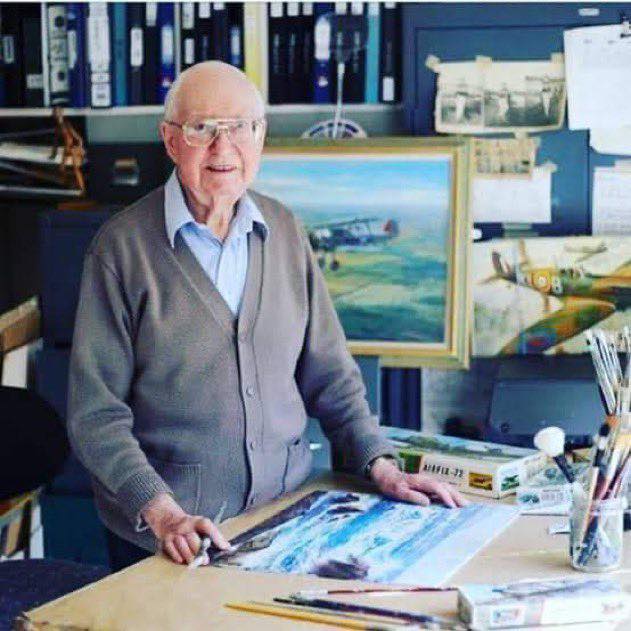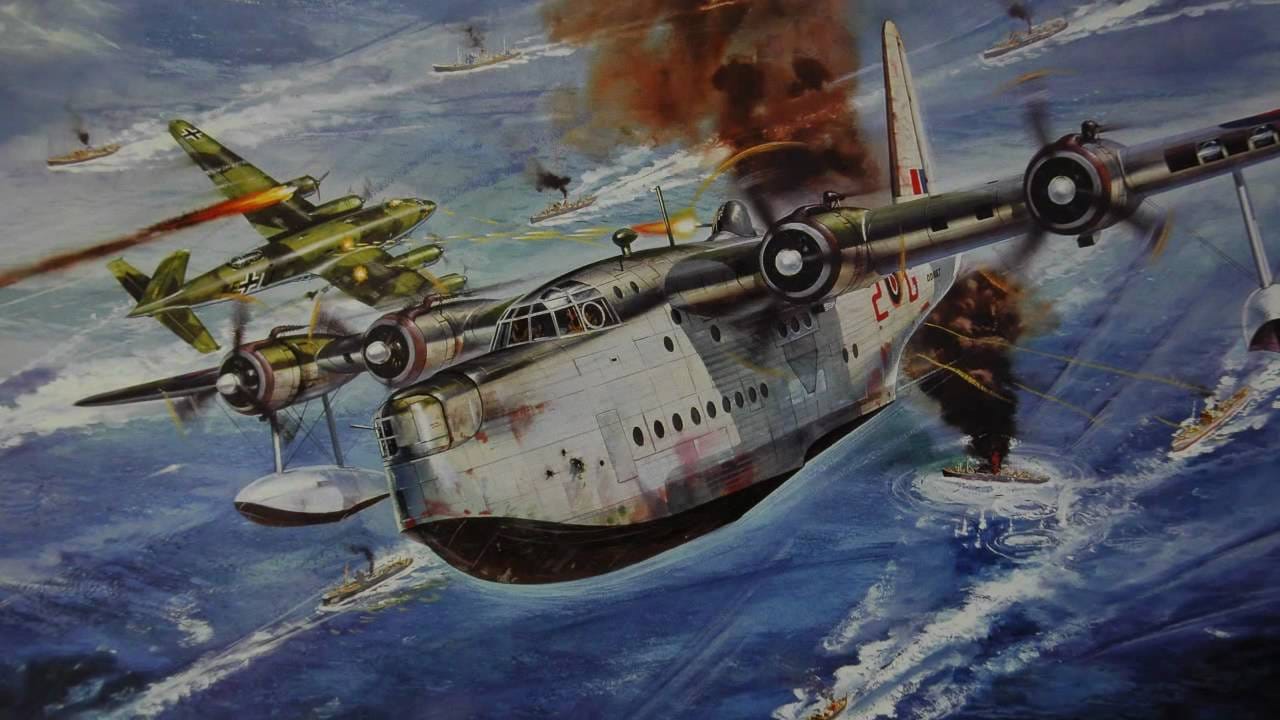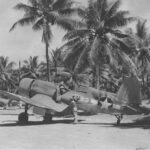On April 24, 2024, a legend of the model-building community passed just after his 100th birthday. Roy Cross captivated children, making them feel as though they were truly part of the scene; it wasn’t just pieces of plastic—it was a real airplane, and they were flying it.
Roy Cross captured the imagination of generations of young boys as the principal artist for Airfix during the model kits’ heyday in the 1960s and 1970s. His paintings, featured on the cardboard box lids or bag tags, did more than merely guide which paint colors to use. They infused a sense of romance and danger—a Lancaster bomber limping home with engines ablaze against streaked skies, a Fokker triplane diving at a dizzying angle in a dogfight, or a Short Sunderland flying boat soaring over bomb-churned seas. Cross conveyed speed with the liberal use of “whoosh!”-style white lines.
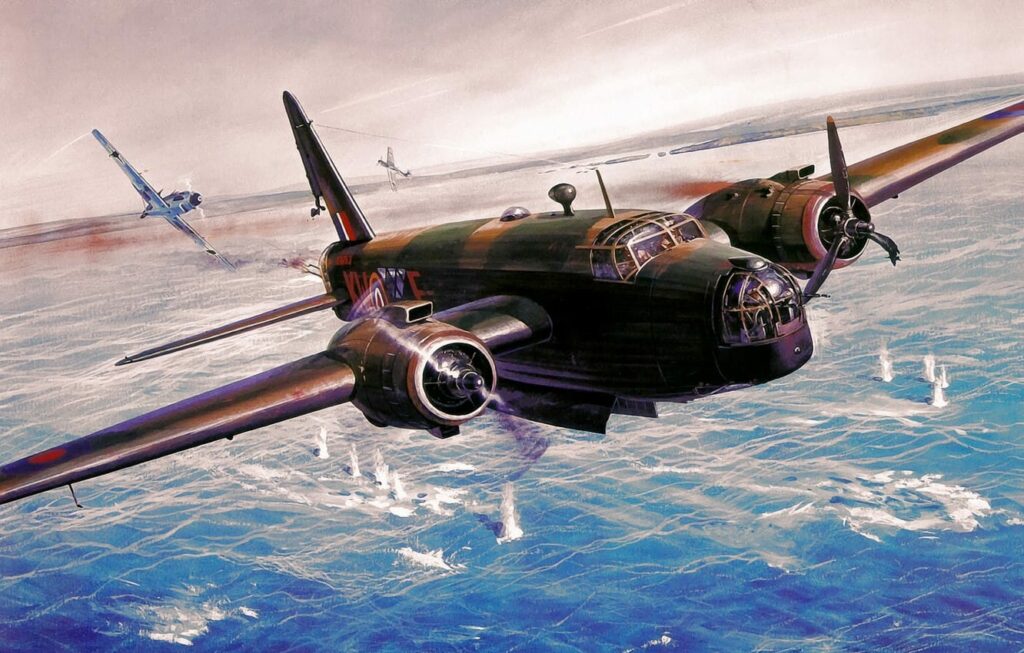
By 1971, Airfix had become Britain’s leading toy manufacturer, and Cross’s illustrations promised all the swashbuckling adventure of a Commando magazine to children who eagerly saved their pocket money, only to face the daunting task of assembling their kits from cryptic sheets of plastic pieces.
In 1963, after spotting Airfix’s bagged kits in Woolworth’s and confident he could improve them, Roy Cross proposed his services to the company. During the Second World War, he worked as a technical illustrator for Fairey Aviation, and Airfix leveraged his expertise beyond artwork. Cross also provided guidance on the molding of the Airfix Spitfire—a bestseller—following extensive correspondence with Beverley Shenstone, the aerodynamicist responsible for the Spitfire’s distinctive elliptical wing shape.
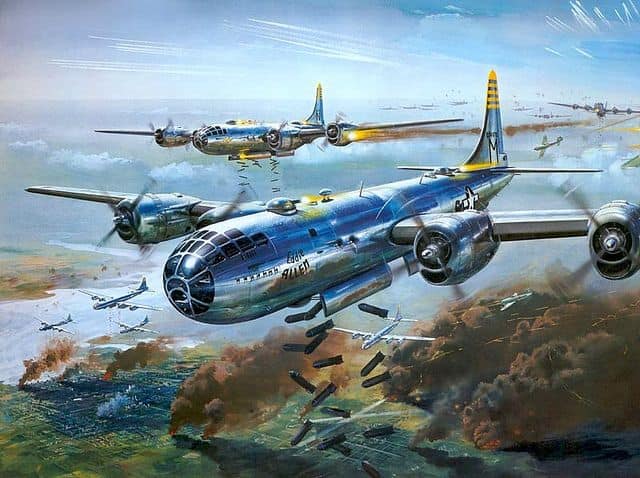
Cross illustrated over 200 kits for Airfix, covering ships, cars, tanks, military vehicles, railway engines, and even space rockets. His work continued until 1973 when the oil crisis drove up the cost of plastic, leading to a decline in commissions. Afterward, he shifted his focus to marine art and became renowned for the accuracy of his paintings of historical vessels.
As Britain’s aviation industry declined, Roy Cross reinvented himself as a car artist, following in the footsteps of his illustration hero Frank Wootton. In 1962, he created a series of motoring covers for the boys’ comic Eagle and aviation covers for Swift. His first commission from Airfix was artwork for a Dornier Do 217.
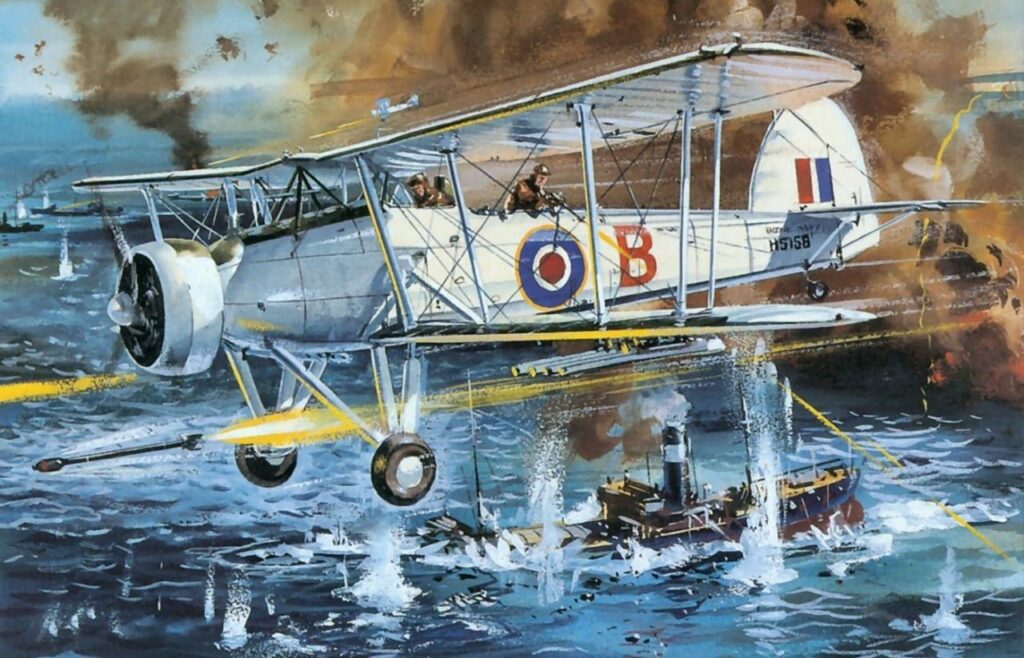
As a marine painter, Cross held numerous solo exhibitions and sold his work through a fine art gallery in Pall Mall.
He illustrated many books, including *The Jet Aircraft of the World* (with William Green, 1955) and *Spitfire* (with Gerald Scarborough, 1971). His work was also the subject of several publications, such as *Celebration of Flight: The Aviation Art of Roy Cross* (with Arthur Ward, 2002), *Celebration of Sail* (2004), and *Airfix: The Vintage Years of Airfix Box Art* (with Arthur Ward, 2009).
On the 24th of April Roy passed after a short illness. Roy has been and will always remain a significant part of aviation art history, inspiring countless modelers over the decades with his remarkable illustrations. Our thoughts are with his family during this difficult time.
